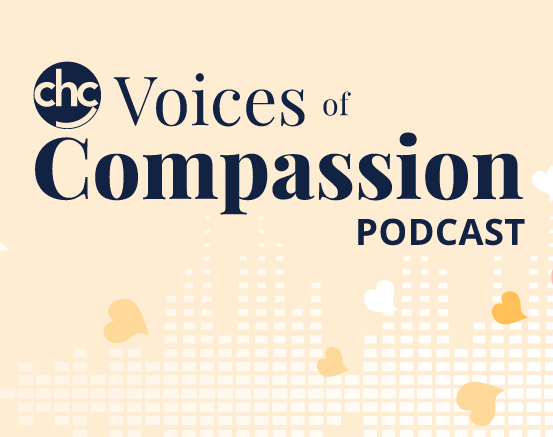Children With Disabilities Are Regressing. How Much Is Distance Learning to Blame?
 At her Bay Area elementary school, Olivia Tan had a one-on-one aide. At home she has three siblings and two parents trying desperately to offer some semblance of education.
At her Bay Area elementary school, Olivia Tan had a one-on-one aide. At home she has three siblings and two parents trying desperately to offer some semblance of education.
Her father, Simon Tan, like so many California parents, is overwhelmed by the daily responsibility of carrying out his child’s therapies amid coronavirus-forced school closures. And Tan knows about these issues. He is a clinical neuropsychologist at Stanford Hospital.
The education of some 760,000 California children with disabilities has been inconsistent at best since campuses shut down in March. Parents’ worries have intensified as they see their children’s hard-fought advances diminishing — and fear that losses will be compounded with more distance learning ahead, said educators, parents and student advocates.
The state has mandated that school districts continue to provide special education to students with disabilities as required by federal laws, but has waived timelines that allow students to receive assessments and services quickly.
Special education attorneys in California say hundreds of clients, especially economically disadvantaged students and foster youths, overwhelmingly are not receiving the education or services they are entitled to, nor are students who need assessments to receive appropriate care.
“It would be a mistake for anyone to say, ‘Well, we’ve never done this in distance learning before and we’re just not going to do anything at all.’ That goes against everything that we know about the guarantees that students have to receive a free and appropriate education,” State Supt. of Schools Tony Thurmond said.
Data from the Los Angeles Unified School District, which has 64,000 students who require special education services, show that they were disproportionately absent from online learning platforms last spring. Only about half of L.A. Unified’s middle and high school students with disabilities were active once a week on Schoology, one of the district’s primary learning platforms, by late May, according to a district report. That’s about 15 percentage points lower than the rates for students without disabilities.
Many California school districts, at the direction of their public health agencies, have postponed assessments. L.A. County’s 80 districts are not performing in-person assessments, Higa said.
“There’s going to be a backlog,” Paul Luelmo, a professor of special education at San Diego State, said. But federal law still requires schools to complete assessments, and test makers are working on adjusting them to be done remotely, he said.
“I also understand the point of view of the school district because these assessments must include a variety of tools …. and some of these are hard to do in an online environment.” Luelmo said. “Really at this point we don’t have a good alternative.”
Excerpted from “Children with disabilities are regressing. How much is distance learning to blame?” in Los Angeles Times. Read the full article online.
Source: Los Angeles Times | Children with disabilities are regressing. How much is distance learning to blame?, https://www.latimes.com/california/story/2020-08-07/covid-19-distance-learning-weakens-special-education | Copyright © 2020, Los Angeles Times
To schedule an evaluation or to get advice about your child’s challenges, call or email a CHC Care Manager at 650.688.3625 or careteam@chconline.org





